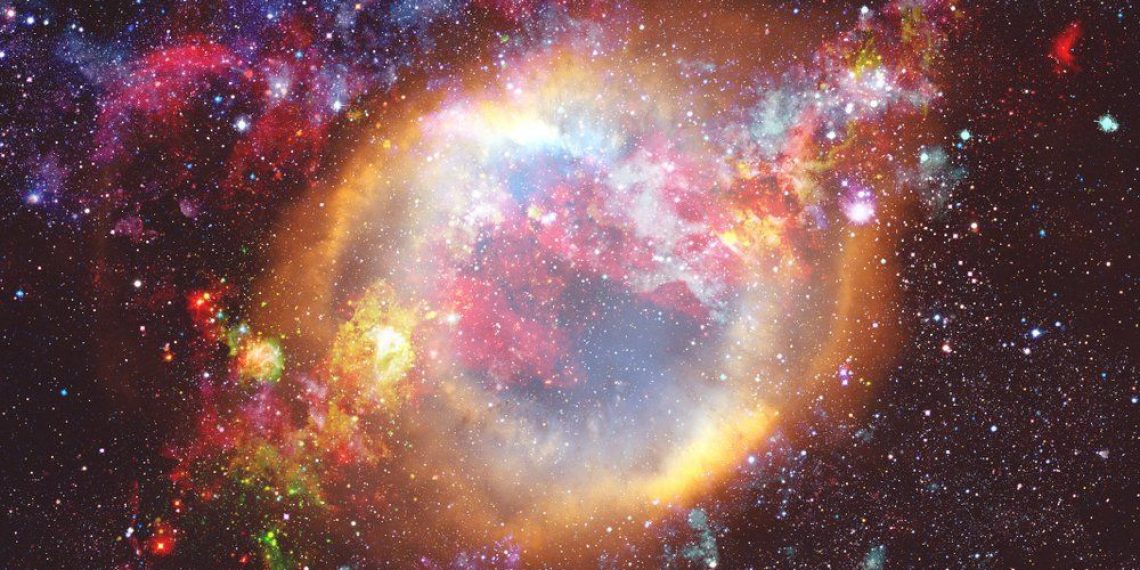The James Webb Space Telescope has captured stunning mid-infrared images of Cassiopeia A (Cas A), the youngest known remnant from a massive supernova. These new observations provide scientists with a wealth of brand-new scientific data that researchers are only just beginning to unravel.
Astronomers have been studying Cas A for many years using telescopes and observatories, such as NASA’s Hubble Telescope and the Chandra X-ray Observatory. However, Webb’s new mid-infrared images contain more details than previous observations. Tea Temim of Princeton University in Princeton, New Jersey, stated that the team can now see the incredible detail that was not accessible before.
One of the reasons why Cas A is so important to study is that it can provide answers to important scientific questions regarding the origins of cosmic dust. Cosmic dust is composed of heavy elements that are regurgitated across space by supernovae like Cas A. These elements are the building blocks of what becomes stars, planets, and even life.
Observations show that cosmic dust permeates even the earliest galaxies in the universe. However, the sheer amount of dust that astronomers observe in those early galaxies cannot be explained by the observations of supernovae that are currently being made. Using the James Webb Space Telescope, scientists hope to clarify the dust content of Cas A.
Temim explains that researchers can now spatially resolve portions of supernovae like Cas A in order to examine various gas compositions and the kinds of dust that were produced there. This will enable scientists to gain insights into the origin of stars, planets, and life.
Supernovae like Cas A spread elements like Calcium and iron across interstellar space, giving the seeds for new stars and planets. These elements are also essential for life as we know it, as Calcium is found in our bones, and iron is in our blood.
In conclusion, the new mid-infrared images of Cas A captured by the James Webb Space Telescope provide astronomers with a wealth of new scientific data to unravel. This information will help researchers gain insights into the origin of cosmic dust and the building blocks of stars, planets, and life. The findings from this research could have significant implications for our understanding of the universe and our place in it.
































































































































































































